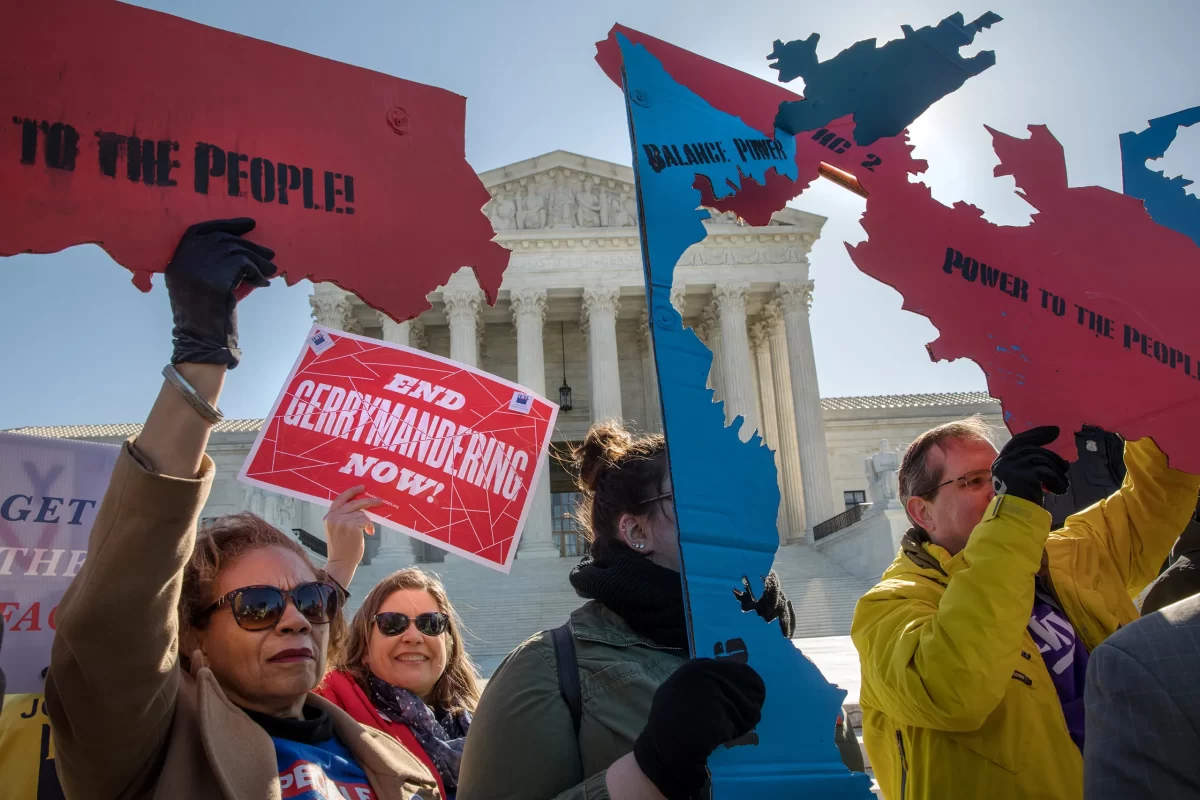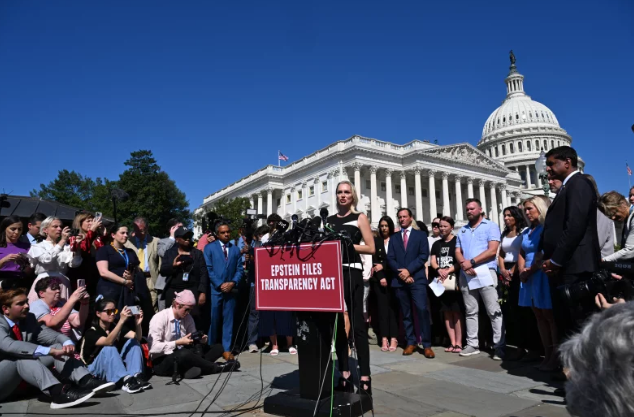On Sept. 5, a three-judge panel on the U.S. District Court of Alabama ruled that the state’s congressional map violated the Voting Rights Act by failing to create a district that contained predominantly Black voters.
According to the court’s verdict, Alabama’s redrawn map constitutes evidence of racial gerrymandering, which violates Section Two of the Voting Rights Act, stating that each eligible individual is entitled to the right to vote regardless of race or ethnicity. To remedy the issue, judges have assigned court appointees to draw three revised maps that include two districts where Black constituents in these areas are given a fairer opportunity to elect their preferred candidate to office. The drawing of these maps is due for court approval on Sept. 25, when they will be reviewed once again to ensure compliance with constitutional standards.
AP Government and Politics teacher Kristin Pommerenke-Schneider expressed that the root of racial gerrymandering often stems from politicians’ quest to leverage power.
“In this polarized climate, political parties are clearly trying to redraw districts to benefit and empower their own party,” Pommerenke-Schnieder said. “Both parties will gerrymander to make sure that their party has more power in the government, which causes voices to be minimized, or even silenced. So then you have areas, neighborhoods, that perhaps are not getting the representation access that they should.”
However, this does not represent the first of Alabama’s redrawn congressional maps that have been deemed discriminatory by a court of law. On June 8, the Supreme Court ruled a 5-4 verdict in favor of Black voters, who were unfairly discriminated against by Alabama’s congressional map that appointed just one majority Black seat out of seven districts in a state where more than one in four residents identify as Black. To enact this ruling, conservative-minded Chief Justice John Roberts and Justice Brett Kavanaugh opted to deviate from their traditional ideology and join liberal justices to counteract the Republican effort to weaken the Voting Rights Act.
Meanwhile, the state of Florida has also experienced voter discrimination at the hands of racial gerrymandering. The constitutionality of a redrawn congressional map signed into law last year by Governor Ron Desantis is now being questioned after the state eradicated the boundaries of its fifth district, formerly represented by Congressman Al Lawson, a Black Democrat. Lawson’s primarily Democrat-leaning district was divided into four smaller Republican-leaning districts, leading to his loss in last year’s midterm election.
Legally, the revised boundaries can no longer be used in future U.S. congressional elections, given that they hinder Black voters in the northern region of the state from electing the candidate of their choice. In response, Circuit Judge J. Lee Marsh sent the plan back to the state legislature advising lawmakers to revise the map to align with state standards. However, a state appeal has put the circuit judge’s ruling on hold, given the case could now be transferred directly to the Supreme Court through the legal process of “pass-through jurisdiction”, seeking a ruling to be enacted as soon as Dec. 31.
Nevertheless, court-led interventions to redraw state congressional districts through appointed non-partisan committees have sparked a considerable backlash from state legislators.
“The Supreme Court can order the state legislatures to redraw [their congressional districts], or they can have a nonpartisan redistricting committee do it,” Pommerenke-Schneider said. “That sounds fair, but then you have the other argument saying, ‘Wait a minute, I’m a state legislator and I was elected by my people to redesign these districts and make sure the voices of my constituents are heard through me.’ So is it fair that the Court is ordering this? There are lots of questions there.”
In the meantime, outside of court verdicts, constituents have access to a wide variety of methods to advocate for their political rights, ranging from contacting one’s state representative, volunteering on local committees, or banding together as an interest group to place political pressure on unfavorably perceived politicians. Through proactive measures, citizens can amplify their voices to declare that the constitutional right to vote is one made available to all.















